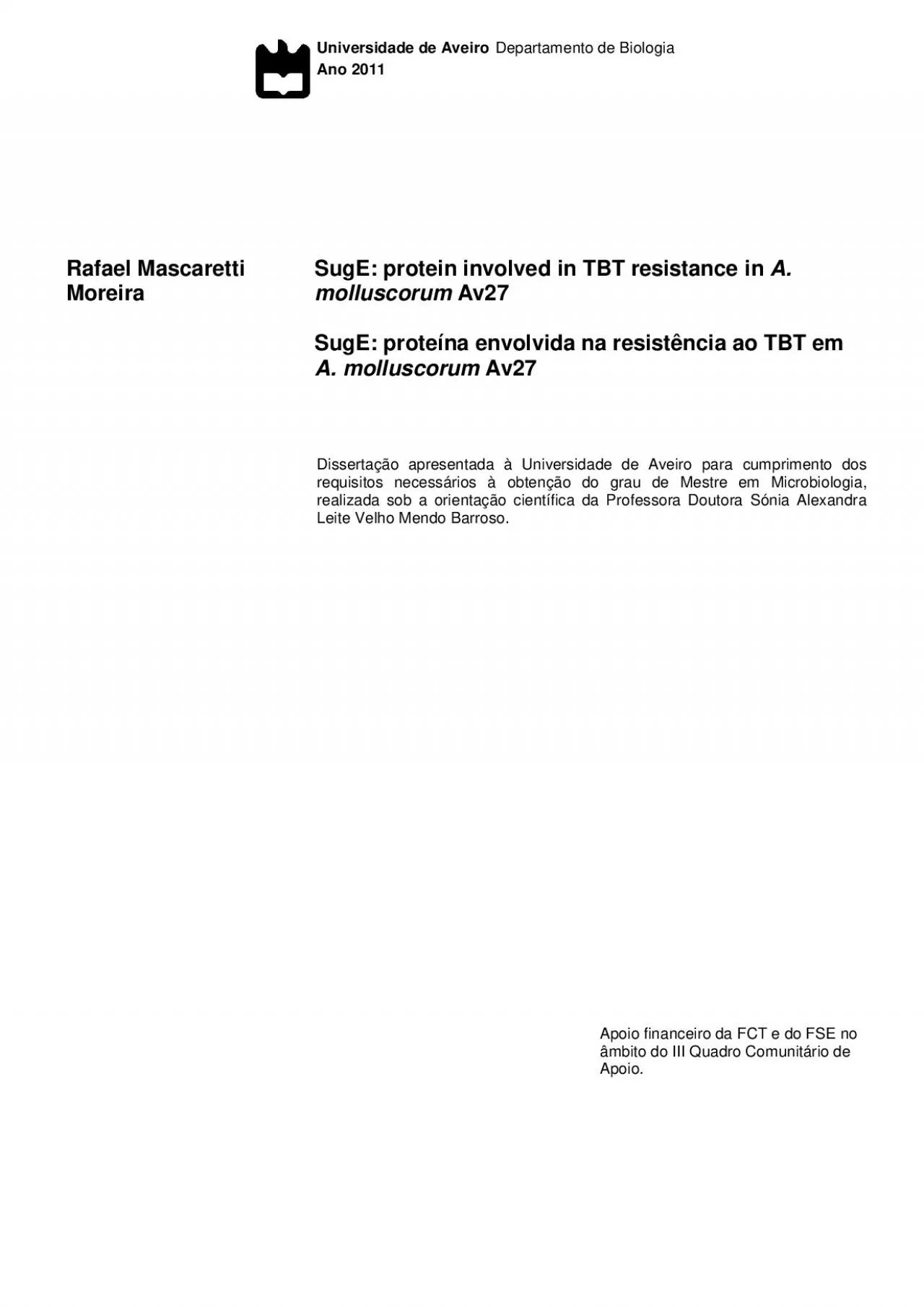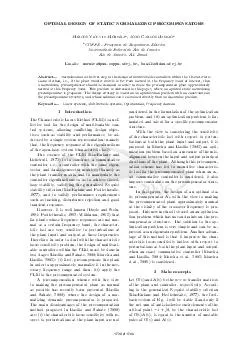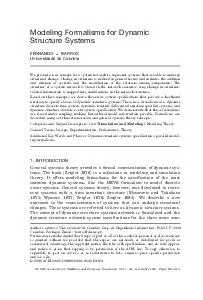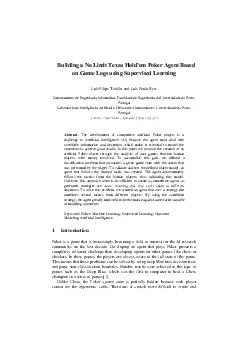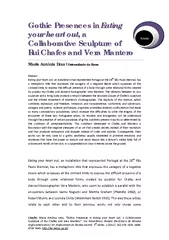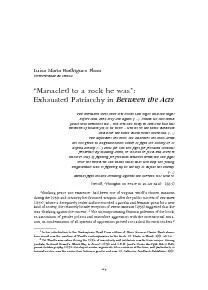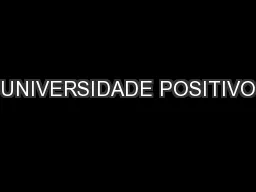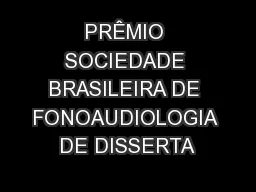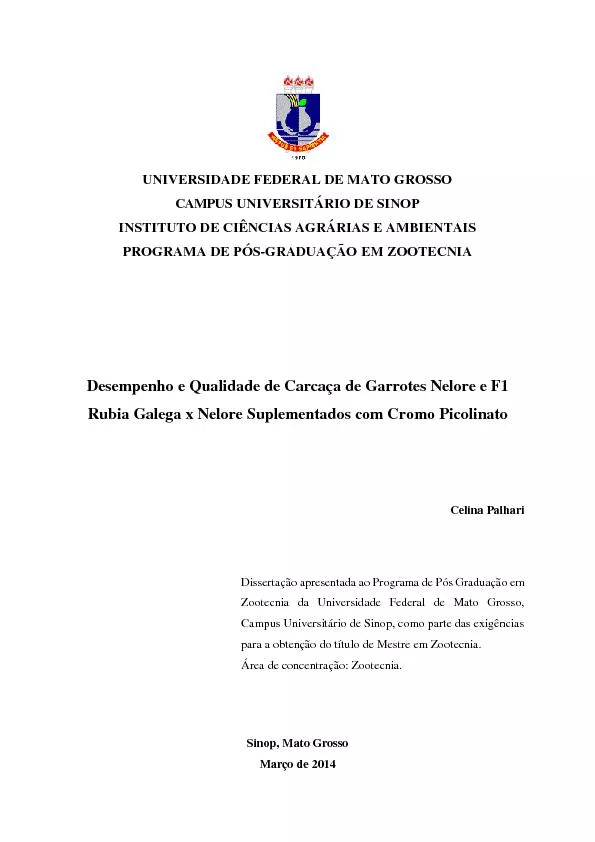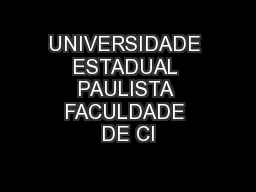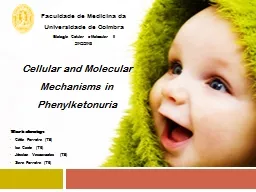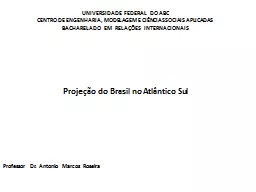PDF-Universidade de Aveir
Author : elyana | Published Date : 2021-09-08
oAno2011Departamentode BiologiaRafael Mascaretti MoreiraSugE protein involved in TBT resistanceinA molluscorumAv27SugE protena envolvida na resistncia ao TBTemA
Presentation Embed Code
Download Presentation
Download Presentation The PPT/PDF document "Universidade de Aveir" is the property of its rightful owner. Permission is granted to download and print the materials on this website for personal, non-commercial use only, and to display it on your personal computer provided you do not modify the materials and that you retain all copyright notices contained in the materials. By downloading content from our website, you accept the terms of this agreement.
Universidade de Aveir: Transcript
Download Rules Of Document
"Universidade de Aveir"The content belongs to its owner. You may download and print it for personal use, without modification, and keep all copyright notices. By downloading, you agree to these terms.
Related Documents

